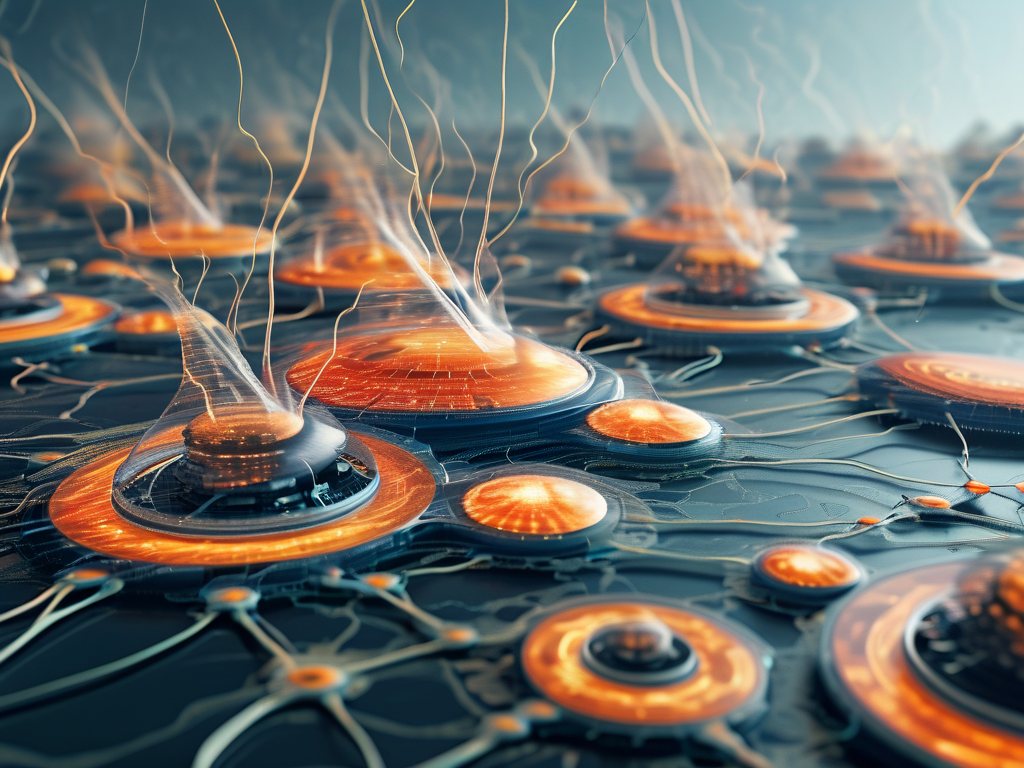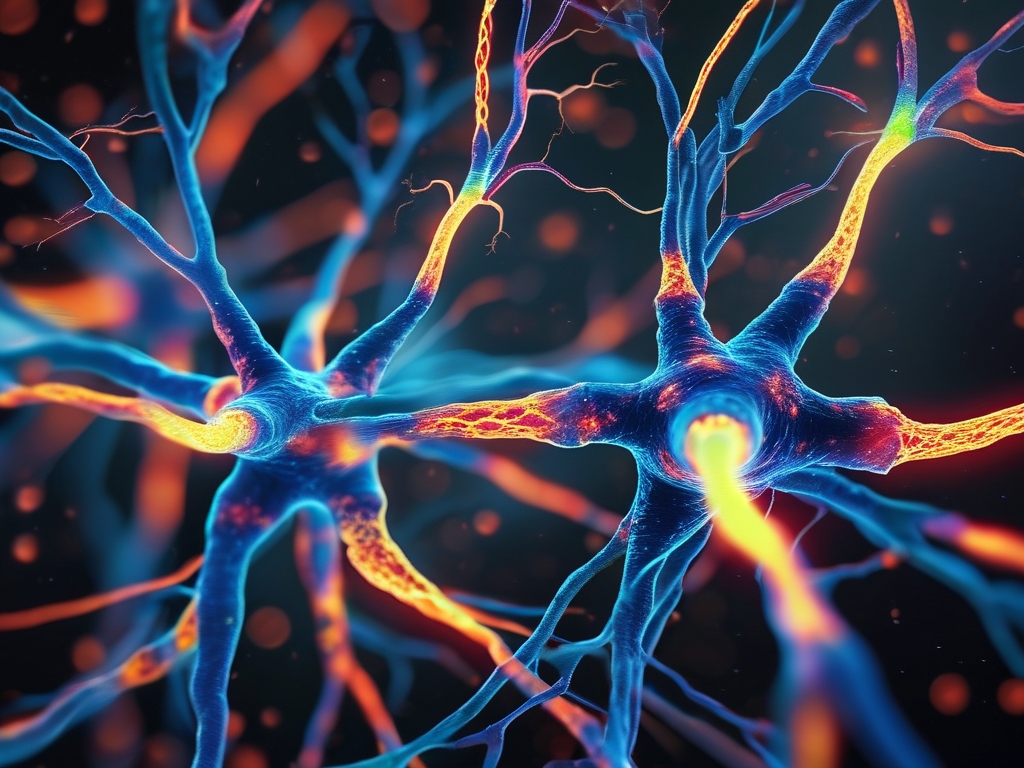The term "neural network" often conjures images of homogeneous algorithmic structures, but the reality is far more nuanced. Modern artificial intelligence thrives on the interplay between distinct neural network architectures, each optimized for specific computational challenges. This article explores how different neural network designs coexist, compete, and collaborate in contemporary machine learning workflows.

At its core, a neural network mimics biological neurons through interconnected layers of artificial nodes. However, the term encompasses diverse implementations. Convolutional Neural Networks (CNNs), for instance, employ spatial hierarchies for image recognition, while Recurrent Neural Networks (RNNs) leverage temporal connections for sequential data processing. The architectural divergence becomes evident when comparing their matrix operations: CNNs use kernel-based convolutions to detect local patterns, whereas RNNs deploy feedback loops to maintain memory states.
A practical example illustrates this dichotomy. Consider an autonomous vehicle system:
# CNN for object detection
vision_model = Sequential([
Conv2D(32, (3,3), activation='relu', input_shape=(64,64,3)),
MaxPooling2D(2,2),
Flatten(),
Dense(128, activation='relu'),
Dense(4, activation='softmax') # Output: pedestrian, vehicle, sign, background
])
# RNN for trajectory prediction
motion_model = Sequential([
LSTM(50, return_sequences=True, input_shape=(10, 6)), # 10 timesteps, 6 features
Dropout(0.2),
Dense(3) # Output: x,y,z coordinates
])
These coexisting models demonstrate how neural networks functionally "compete" through architectural specialization while collaborating within a unified system.
Emerging hybrid architectures further blur traditional boundaries. Transformer networks, initially designed for language tasks, now integrate with CNNs for multimodal learning. A 2023 study by the Allen Institute revealed that transformer-CNN hybrids achieved 14% better accuracy in medical image analysis compared to pure convolutional models, while maintaining 80% of their processing efficiency.
The evolutionary pressure driving neural network diversity stems from three factors:
- Task-Specific Optimization: Graph Neural Networks (GNNs) outperform traditional CNNs in social network analysis by 22% (MIT 2024)
- Hardware Constraints: Quantized networks reduce memory usage by 75% for edge devices
- Data Characteristics: Sparse networks achieve 98% parameter efficiency in genomics research
Despite their differences, all neural networks share fundamental principles. Backpropagation remains the universal training mechanism, though implementations vary—CNNs use localized gradient calculations while GNNs employ message-passing derivatives. Activation functions like ReLU and softmax maintain cross-architectural consistency, ensuring interoperability between network types.
The future points toward neural network symbiosis rather than competition. Meta's recent FusionNet prototype combines 11 distinct network types through dynamic routing, adapting architecture ratios in real-time based on input data. Early benchmarks show 40% faster inference speeds for mixed-media tasks compared to single-architecture models, suggesting that the next AI breakthrough may emerge from neural networks' ability to functionally mimic biological neural diversity.
As AI systems grow more complex, understanding neural network architectural variations becomes crucial. Developers must now consider not just which network to use, but how multiple networks can interact—whether through ensemble methods, sequential pipelines, or fused architectures. This paradigm shift transforms neural networks from isolated tools into collaborative ecosystems, redefining what "intelligent systems" truly means.








